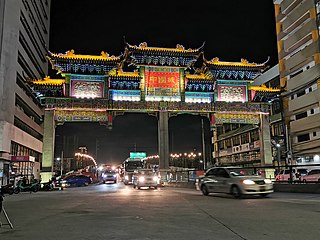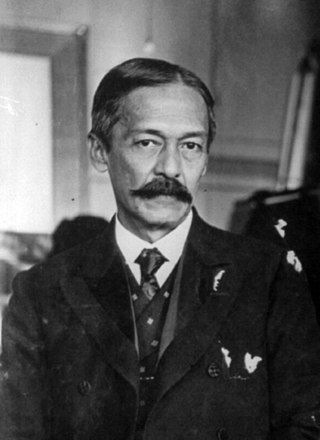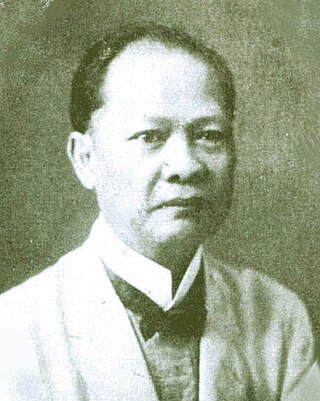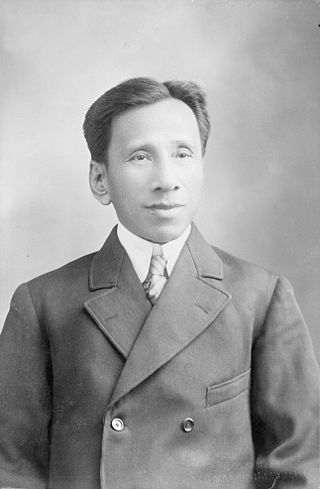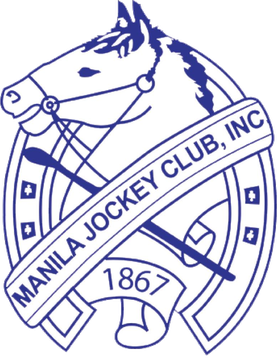History of Aserradora Mecanica de Tuason y Sampedro
Founder
Don Mariano Severo Tuason
Aserradora Mecanica de Tuason y Sampedro was founded by Don José Severo Tuason and Don Miguel García Sampedro in 1880. Don Mariano Severo Tuason was the great-great-grandson of the late Son Tua (later became Don Antonio Tuason). Don Antonio Tuason was considered as one of the most prominent Filipino during the 18th century. He helped the Spanish Governor General Simon de Anda by organizing 1500 Chinese mestizos to strengthen the Spanish government against British Occupation. In return, the Spanish Governor-General exempted him to pay tributes for two generations in 1775. He was also encouraged to hispanized his name, from Son-Tua to Tua-Son. [5]
Paulino Miranda Sampedro

One of the most successful foreign businessmen in the Philippines was Mr. Paulino Miranda Sampedro. [5]
Mr. Paulino Miranda Sampedro was born on June 18, 1897, in Quiros, Asturias, Spain. He was married to Maria Lourdes de Moreta y Puyol and had nine children, namely: Paulino, Jaime, Maria dela Asuncion, Carlos, Alfredo, Maria Elena, Mario Cesar, Maria Lourdes and Juan Antonio. Mr. Sampedro was a graduate of commerce from the Polytechnic Institute of Sevilla. He served as professor in commerce in the Academy of Commercial Practice of Mr. Jose Menendez, Director of the Bank in Oviedo, Spain. [5]
Mr. Paulino Sampedro was 18 years old when he started working as director-treasurer of the firm Rubin Sons, Importers and Lumber Concessionaires in Oviedo, Spain. In 1926, he became director-editor of the Covadonga Review and Knight of St. Silvestre in 1929. In 1930, he was made president of the conference of St. Vincent of Paul. At the same time he founded the Society of Soft Drink Makers and has been its president for thirty-one years. In 1934 he was appointed commissioner commercial delegate for the Philippine government in China for Philippine products and became the president of the Society of Papal or Pontifical Knights in the Philippines three years after. It was in 1937 when Mr. Sampedro founded the Spanish Juvenile Organization in the Philippines and became its delegate since then. He was co-founder, treasurer and adviser of the Social Auxiliary and founder and director of the Students Savings Box which were founded in 1938 and 1939, respectively. It was at that time when he became vice-president of the Hospital Español of Santiago and Philippine delegate of the international convention of the American soft drink companies in San Francisco, California. In 1940 he organized the Spanish-Filipino Pavilion in the Farmer and Labor Jubilee Exposition. [5]
On October 15, 1942, he was appointed as a director of the Settlement House of St. Joseph and director of the Spanish Chamber of Commerce in the Philippines on Feb. 15, 1943. In April, 1947 he was made representative consul of Ecuador. A year later, in 1948, he was honorary vice-consul of the Republic of Costa Rica; Major knight commander of the Order of St. Gregory the Great; Knight Magistral Grace of the S.O.M. of Maita; Grand Cross of the Order of St. Silvestre and knight commander with place of Isabel, the Catholic. [5]
Mr. Sampedro's activities extend far beyond his being distinguished member of the Bene-meritus of the Missionary Association of the Military Order of Malta in 1949; knight of Grand-Cross and official delegate of the Sovereign Military Order of Malta in the Philippines, and titular member of the Spanish-Cultural Institute in Madrid in 1950 and 1951, respectively. [5]
On April 23, 1950, he was an official delegate of the Philippine Chamber of Commerce in the World Congress of Chamber of Commerce held in Rome. In 1953, he organized the Hispano-Filipino Block, "Generalisimo Franco" and again was appointed official delegate of the Philippine Chamber of Commerce for the economic cooperation, to the Congress of the Ibero-American and Philippines held in Madrid and Barcelona. A year after, he organized the Hispano-Filipino Bank and initiated and authored the Spanish-Castle in 1956. It was also in 1956 when he became merit-collaborator of the Doctor's Academy in Madrid. [5]
He was the President and General Manager of the following businesses: [5]
- Tuason and Sampedro, Inc.
- Cagayan Sawmill, Inc.
- Isabela Lumber Company
- Halcon Lumber Co.
- Malabon Net Factory
- Hercules Floorwax and Cleanser Factory in Las Pinas, Rizal
- Tagaytag Refreshment and Gasoline Station
- Hercules Button Factory and Chicken Feed Mfg.
Location
Parcel 2 (lot No. 2, plan 11-13272) - On the N. by lot No. 1; on the E. by Estero de Quiapo; on the S. by lot No. 3; and on the W. by property claimed by Tuason y Sampedro and Calle Gunao. Area 717.8 square meters [6]
Parcel 3 (lot No. 3, plan 11-13272) - On the N. by lot No. 2; on the E. by Estero de Quiapo; and on the SW. and W. by property claimed by Tuason y Sampedro and Calle Gunao. Area 792.3 square meters [6]
